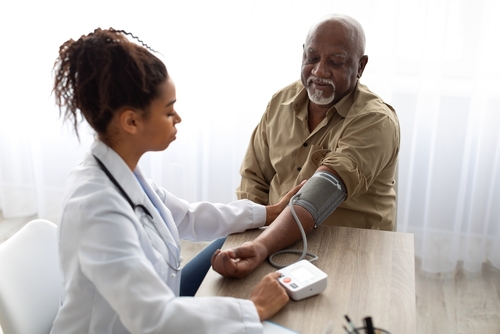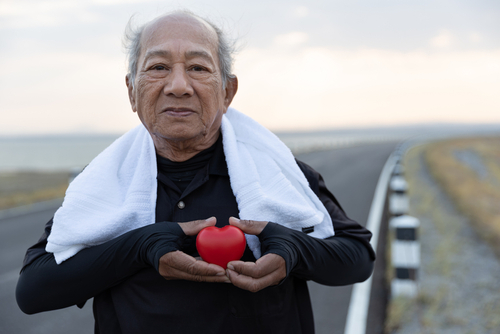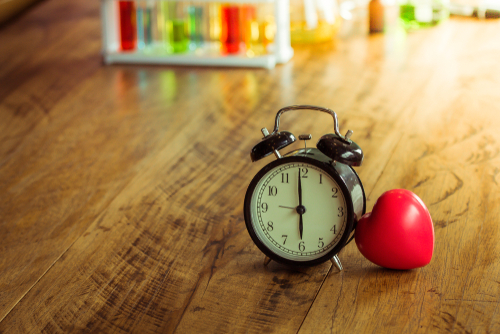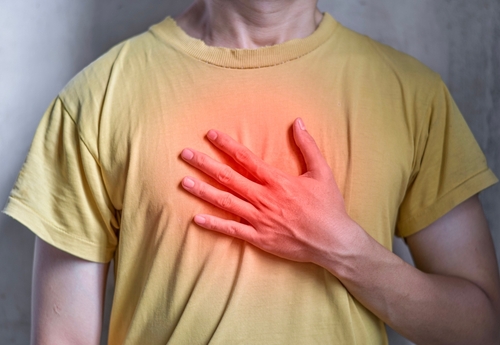Hypotension: Low Blood Pressure in Elderly Adults
Category:

When it comes to blood pressure, especially for our elderly loved ones, we usually only worry about blood pressure being too high. But low blood pressure in the elderly can be just as dangerous, and it is worth being aware of the symptoms and risks to keep an eye out for them.
How Low is Too Low for Blood Pressure in the Elderly?
Low blood pressure in the elderly is considered anything lower than 90/60 mm Hg. Low blood pressure, also called hypotension, means the brain and limbs are not receiving adequate blood flow.
The three main types of low blood pressure are:
-
Postural hypotension or orthostatic hypotension – This type of low blood pressure is generally caused when moving too quickly from sitting to standing. It typically resolves itself quickly.
-
Postprandial hypotension – This type of hypotension in the elderly occurs about two hours after eating. Eating smaller meals and drinking more water can help with this type.
-
Neurally mediated hypotension – This type results from standing in one place for too long.
Causes of Hypotension in Elderly
In addition to those listed above, some causes of low blood pressure for elderly persons include:
-
Low or high body temperature
-
Excessive blood loss
-
Severe dehydration
-
Blood infections
-
Allergic reactions
-
Reactions to medication
-
Health problems
-
Nutritional deficiencies
Much like high blood pressure, hypotension in the elderly may not be noticeable at first. Some symptoms of low blood pressure can be:
-
Dizziness
-
Nausea
-
Fainting
-
Dehydration
-
Blurry vision
-
Fatigue
-
Confusion or lack of concentration
-
Cold, clammy and pale skin
So what does low blood pressure mean for an elderly person? Believe it or not, low blood pressure may not be a cause for concern at all. If low blood pressure exists without any other symptoms, you may not need to do anything for it at all. It is more likely your doctor will just monitor it with frequent appointments and remind you of more concerning symptoms to look out for (like those listed above).
The danger of low blood pressure in the elderly comes with a fall risk. Remember above we mentioned orthostatic hypotension that occurs when a person goes from sitting to standing too quickly. This drop in blood pressure can cause dizziness or fainting and could result in a fall that leads to injury.Recent research suggests this condition could exist in 5% to 30% of people over 65.
Download Our Heart Health Guide
If low blood pressure is a concern, speak with your doctor for advice. Low blood pressure can often be managed with home treatments, including:
-
Increasing water consumption, which increases blood volume and prevents dehydration
-
Wearing compression socks to promote blood flow in the legs
-
Consuming more salt, which helps raise blood pressure
-
Exercising regularly to promote good blood flow
If these home treatments are not helpful enough, there are medications your doctor can prescribe to help.
Subscribe
Date: October 13, 2022
Category:


